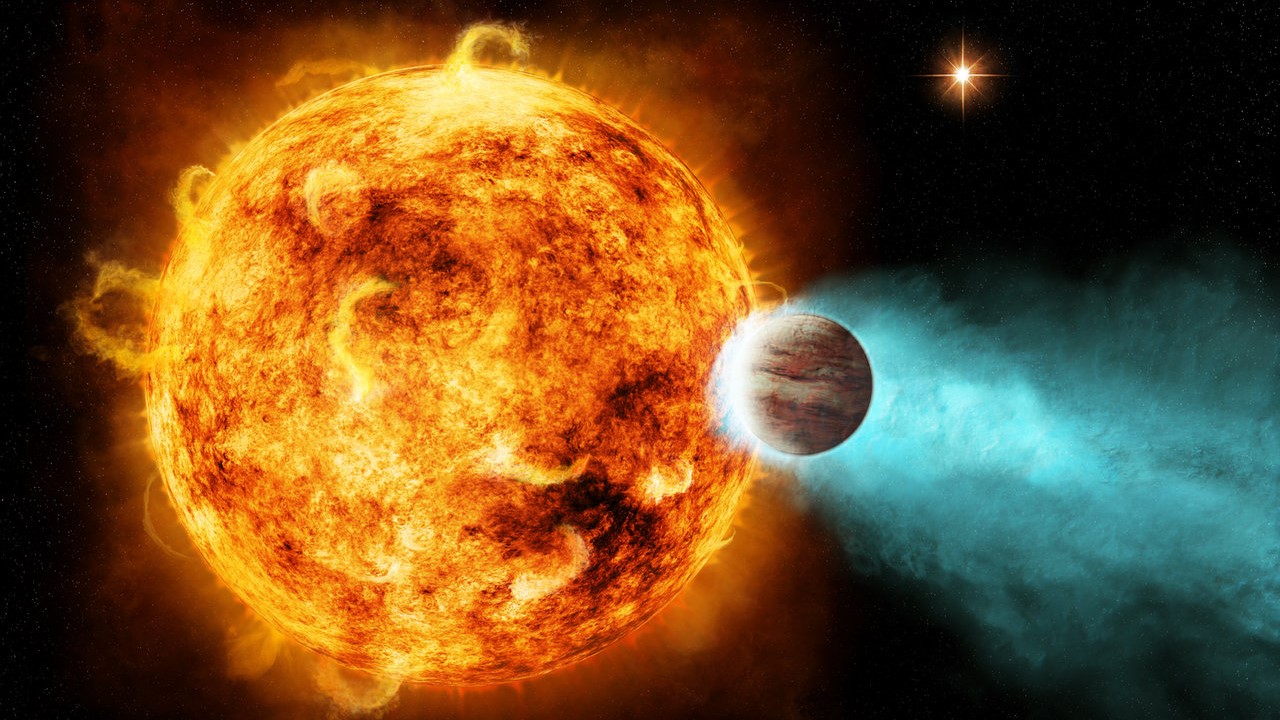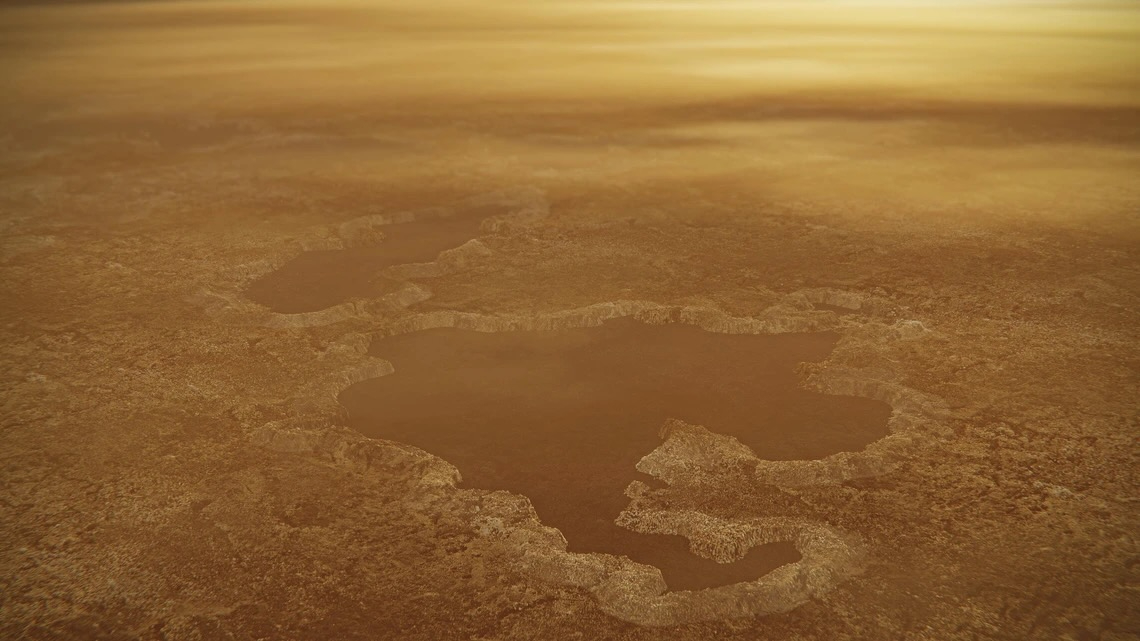Mysterious 'hot Jupiter' planets can form quickly or slowly, Gaia spacecraft reveals
These massive worlds are vastly different from anything in our solar system.

The existence of "hot Jupiters" is one of the oldest mysteries of the exoplanet-hunting era, but a European spacecraft is revealing some clues about how these enigmatic worlds form.
So-called hot Jupiters are planets that are roughly as massive as Jupiter and orbit very close to their stars, usually less than one-tenth the distance at which Earth orbits the sun. Hot Jupiters are very different from anything seen in the solar system, posing questions about their formation.
Now, new data from the European Space Agency's Gaia spacecraft, which is tracking more than a billion stars in the Milky Way, have provided fresh insight into the formation, evolution and relative age of hot Jupiters.
Related: Weird 'hot Jupiter' exoplanet is shaped like a football
Researchers used Gaia's measurements of objects' positions and velocities to determine the relative age of stars. Combining this information with data on the alignment of hot Jupiters to their stars' rotation revealed that there are multiple ways in which hot Jupiters form — both fast and slow.
"Without this really precise method of measuring ages, there was always missing information," Jacob Hamer, a doctoral student in the Johns Hopkins University Department of Physics and Astronomy and lead author of a new paper describing the findings, said in a statement.
Hot Jupiters with orbits misaligned from the equators of their stars are thought to form late relative to those that are aligned, like the planets in our solar system.
Get the Space.com Newsletter
Breaking space news, the latest updates on rocket launches, skywatching events and more!
"One [formation process] occurs quickly and produces aligned systems, and [the other] occurs over longer timescales and produces misaligned systems," Hamer said in the statement.
The work has been accepted for publication in The Astronomical Journal, and a preprint version is available via the arXiv database.
Follow us on Twitter @Spacedotcom and on Facebook.
Join our Space Forums to keep talking space on the latest missions, night sky and more! And if you have a news tip, correction or comment, let us know at: community@space.com.

Andrew is a freelance space journalist with a focus on reporting on China's rapidly growing space sector. He began writing for Space.com in 2019 and writes for SpaceNews, IEEE Spectrum, National Geographic, Sky & Telescope, New Scientist and others. Andrew first caught the space bug when, as a youngster, he saw Voyager images of other worlds in our solar system for the first time. Away from space, Andrew enjoys trail running in the forests of Finland. You can follow him on Twitter @AJ_FI.









